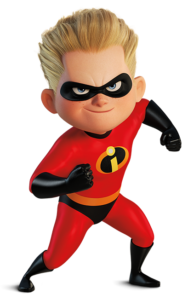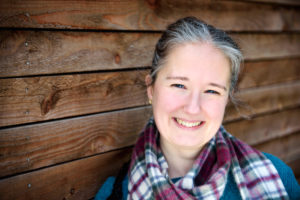
For a breakdown of the different types of dash/hyphen see my article on Em dash use in formal writing.
The easiest way to understand em dash use in creative writing is to read and decide for yourself what works and what doesn’t work. So below I will demonstrate through three books I recently read, and enjoyed: Portnoy’s Complaint, The Miniaturist and The Wolves of Winter.
1. Use dashes like Philip Roth
In Portnoy’s Complaint, Roth largely uses dashes to emphasise the inner — and sceptic — thoughts of his main character.
For in that time not a day—very likely, not an hour—passed that I did not ask myself…
…and say aloud—aloud!—“He’s dead.”
He uses the em dash for pauses and breaks in thought.
What if I get killed—or even worse, arrested!
When, so that we can leave off complaining how sick we are—and go out into the air, and live!
2. Use dashes like Jessie Burton
In The Miniaturist, Burton uses dashes to signify a pause, or break, in thought:
Cornelia says, ‘and then – Epiphany.’
‘He had a dagger, Seigneur. I thought he was going to – I never meant—’
Observe above, that she distinguishes what appear to be en dashes (–) from longer em dashes (—, my emphasis), using one for a pause the other when the character’s words are unfinished. The difference is clearer in the original text. The publisher’s in-house style may have led to this.
Burton also uses them for emphasis in speech:
‘We – you – must agree upon the terms.”
And for asides:
It could be, but those eyes – no one has ever looked at Nella like that before in her life – such a calm, transfixing curiosity.
3. Use dashes like Tyrell Johnson
In The Wolves of Winter, Johnson uses dashes for a pause in thought:
One, two – the first numbers of his tattoo were visible.
I tried to let the anger blow over me like snow on a car windshield—distant memories: [list]
Note in the one above that the pause functions to introduce a list, therefore breaking up a longer sentence.
Johnson also uses the dash to indicate an aside in thought:
Jax had gone—been escorted, rather—to Jeryl’s cabin after dinner.
It wouldn’t hold as well—a deer could probably pull it apart—but still, it was better than throwing the wire away.
And to break up speech:
Sure, we’re here to study people—see why the flu doesn’t like the chilly parts of the world.
In summary, dashes are use in creative writing for the following purposes:
*To indicate a stronger break than a parenthesis, such as one which indicates an aside, or a character’s internal thought that the writer wants to highlight to the reader.
*To indicate a pause in speech.
*Or to introduce what comes next, whether a new thought or a list (as a way to break up a longer sentence).
All three writers have these techniques in common, even if they have different preferences for what types of dashes they use.
Who is Emma?

Emma is a proofreader with 18 years of writing experience with businesses, academics and creative writers. She obtained a Creative Writing MA (St Andrews University) and a PhD in Storytelling (Warwick University). Then set up her own proofreading business and became a published author of fiction as well as academic literature such as Young People, Learning & Storytelling (Palgrave Macmillan).
0 Comments